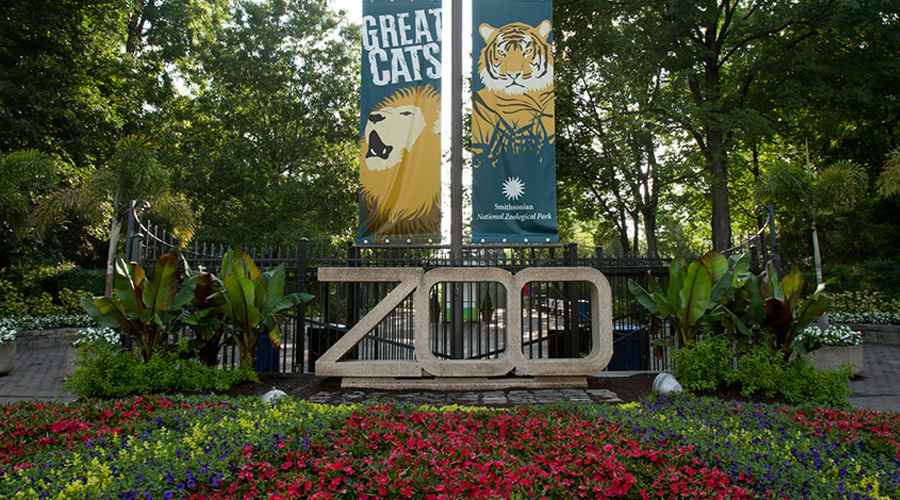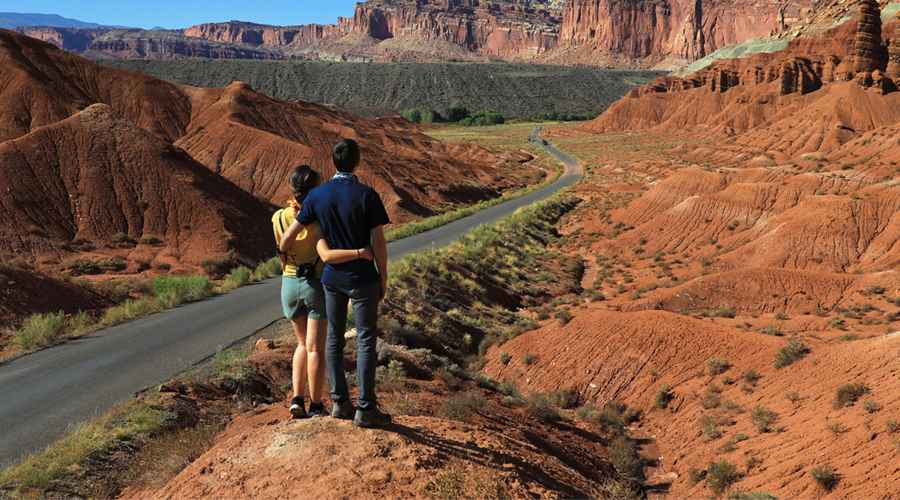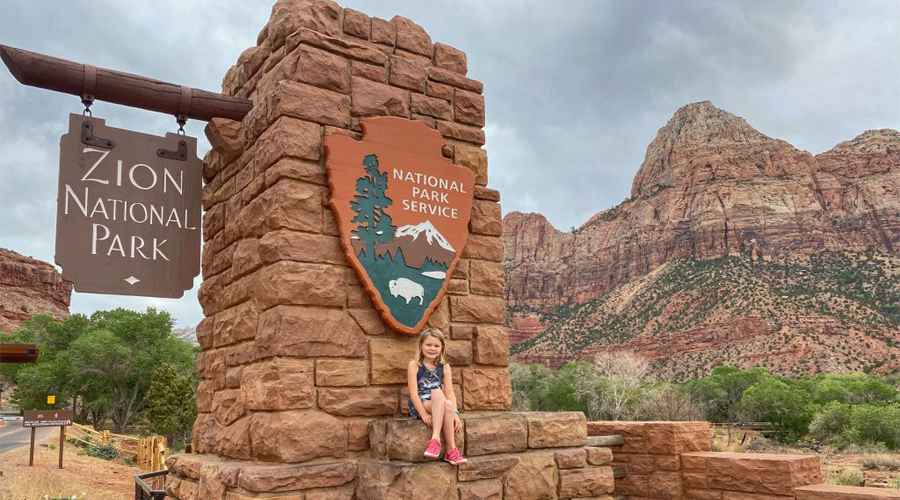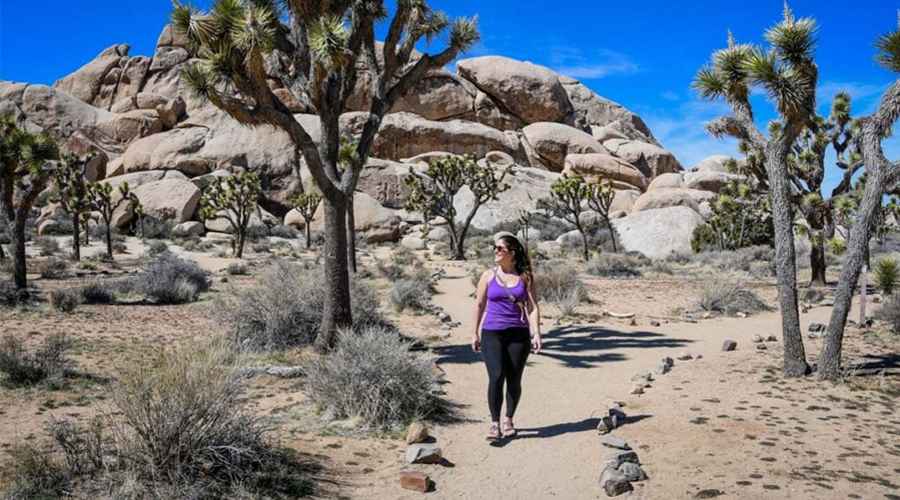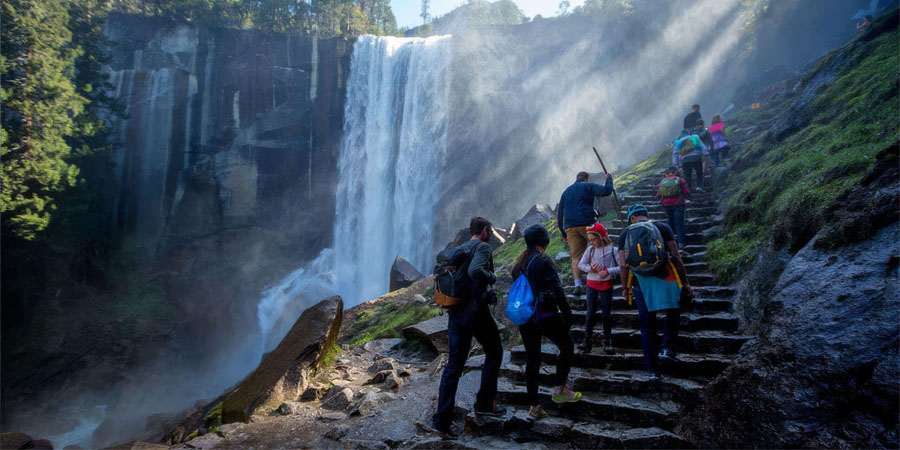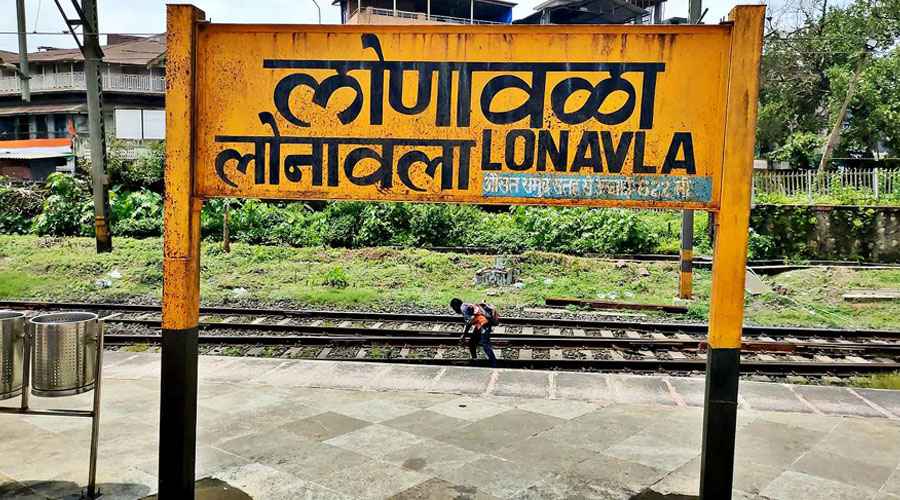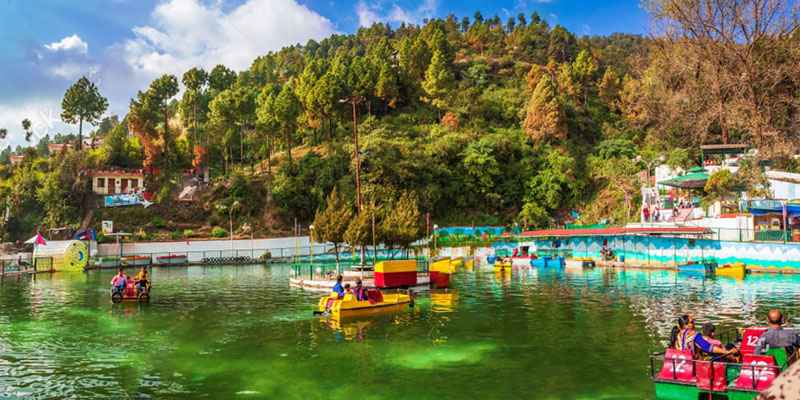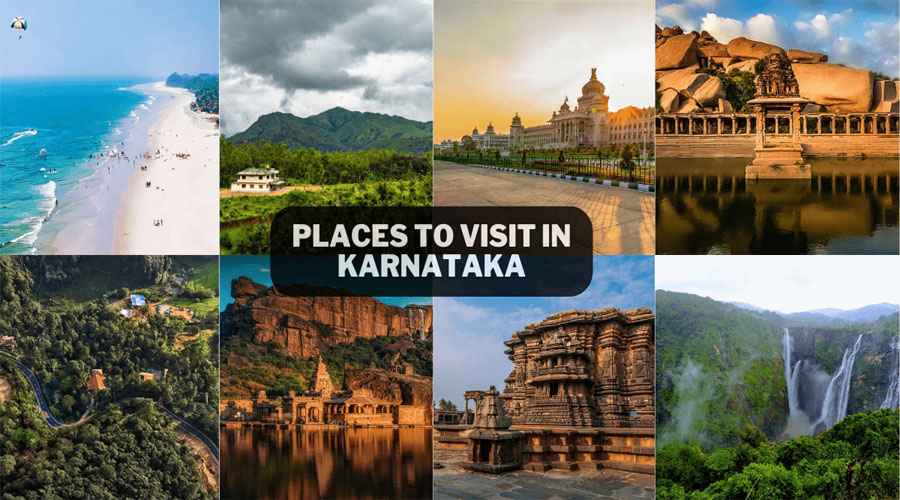Madhya Pradesh, often called the “Heart of India,” is not only rich in history, art, and culture but also in biodiversity. With its dense forests, sprawling grasslands, and rugged hills, the state has earned the title of the “Tiger State of India.” According to the latest census, Madhya Pradesh has the highest number of tigers in the country, making it a dream destination for wildlife lovers and nature photographers.
National parks here are not just about spotting the elusive Bengal tiger—they are vibrant ecosystems teeming with leopards, barasingha, gaurs, wild dogs, exotic birds, and much more. From the enchanting landscapes of Kanha to the unique terrain of Panna, each park has something special to offer. Let’s explore the top 10 national parks in Madhya Pradesh that should be on every traveler’s bucket list.
1. Kanha National Park
Often hailed as the inspiration behind Rudyard Kipling’s The Jungle Book, Kanha National Park is the crown jewel of Madhya Pradesh’s wildlife reserves. Spread across Mandla and Balaghat districts, it covers nearly 940 sq km of lush sal and bamboo forests.
Highlights:
- Home to the rare hard-ground swamp deer, or barasingha.
- High tiger population with regular sightings during safaris.
- Rich birdlife with species like crested serpent eagles and paradise flycatchers.
- The picturesque meadows of Kanha make it one of the most scenic parks in India.
Best time to visit: October to June
2. Bandhavgarh National Park
Bandhavgarh, located in Umaria district, is known as the land of tigers. With one of the highest densities of Bengal tigers in the world, your chances of spotting one here are extremely high. Besides its wildlife, Bandhavgarh is dotted with ancient caves, carvings, and the historic Bandhavgarh Fort.
Highlights:
- Famous for frequent tiger sightings.
- Rich historical background with man-made caves dating back 2000 years.
- Diverse fauna including leopards, jackals, sloth bears, and sambar deer.
Best time to visit: October to March
3. Pench National Park
Straddling the border of Madhya Pradesh and Maharashtra, Pench is another park that inspired The Jungle Book. The Pench River flows through the park, creating a diverse habitat of forests, grasslands, and water bodies.
Highlights:
- Known for tigers, leopards, wild dogs, and Indian wolves.
- Rich in birdlife with over 300 species, including migratory birds.
- Offers both jeep safaris and night safaris, a unique feature.
Best time to visit: November to April
4. Panna National Park
Once known for its diamond mines, Panna is now famous for its successful tiger reintroduction project. Located near Khajuraho, a UNESCO World Heritage Site, this park is a perfect blend of natural and cultural exploration.
Highlights:
- Scenic Ken River with waterfalls like Pandav Falls and Raneh Falls.
- Tigers, leopards, gharials, and Indian wolves.
- Popular boat rides on the Ken River for bird watching.
Best time to visit: November to March
5. Satpura National Park
Satpura, part of the Pachmarhi Biosphere Reserve, offers a unique wilderness experience. Unlike most parks, Satpura allows walking safaris, boat rides, and canoeing, making it a paradise for adventure lovers.
Highlights:
- Home to sloth bears, leopards, tigers, and Malabar giant squirrels.
- The Denwa River adds to the beauty of the landscape.
- Opportunity for trekking, kayaking, and camping in the wild.
Best time to visit: October to April
6. Sanjay Dubri National Park
Located in Sidhi district, Sanjay Dubri National Park is relatively less explored, offering a serene and less crowded wildlife experience. The park forms part of the larger Sanjay Tiger Reserve.
Highlights:
- Dense sal forests and grassy meadows.
- Tigers, leopards, dholes (wild dogs), and spotted deer.
- Peaceful environment, ideal for those who prefer offbeat destinations.
Best time to visit: November to March
7. Madhav National Park
Situated in Shivpuri district, Madhav National Park is unique because it combines wildlife with history. Once a royal hunting ground, the park is dotted with lakes and heritage structures.
Highlights:
- Home to chinkara, nilgai, hyenas, and migratory birds.
- Two lakes—Sakhya Sagar and Madhav Sagar—add to its charm.
- Historic George Castle, offering panoramic views of the forest.
Best time to visit: October to March
8. Van Vihar National Park
Unlike other traditional reserves, Van Vihar in Bhopal is more of a modern zoological park with semi-natural habitats. It is situated near the Upper Lake and offers a convenient wildlife experience within a city.
Highlights:
- Houses tigers, lions, leopards, and bears in large enclosures.
- Popular among families and school groups.
- Rich birdlife, especially during the winter migration season.
Best time to visit: Throughout the year (mornings and evenings are best)
9. Fossil National Park
Located in Mandla district, Fossil National Park is unique for its prehistoric treasures. It is one of the few fossil parks in India, showcasing plant fossils that are over 65 million years old.
Highlights:
- Fossilized tree trunks dating back to the Cretaceous period.
- Educational site for geology and paleontology enthusiasts.
- Offers insights into the ancient ecosystem of central India.
Best time to visit: November to February
10. Kuno National Park
Kuno, located in Sheopur district, has been in the spotlight due to the ambitious project of reintroducing Asiatic lions and the more recent translocation of African cheetahs from Namibia. This makes Kuno one of the most exciting parks in India right now.
Highlights:
- Habitat for leopards, wolves, striped hyenas, and the newly introduced cheetahs.
- Dense forests and grasslands ideal for large carnivores.
- Close to the historic fort of Kuno Palpur.
Best time to visit: October to March
Conclusion
Madhya Pradesh truly stands out as India’s wildlife haven. From the tiger-rich landscapes of Kanha and Bandhavgarh to the unique fossil treasures of Mandla, the state offers an unmatched diversity of ecosystems. Whether you are a wildlife photographer, bird watcher, adventure seeker, or simply a traveler who loves nature, these national parks provide unforgettable experiences.
The best part is that each park has its own distinct charm—Kanha’s meadows, Satpura’s walking safaris, Panna’s waterfalls, or Kuno’s cheetah project—making Madhya Pradesh not just the “Tiger State” but also the “Wildlife Capital” of India.
So, the next time you plan a trip to the heart of India, make sure to include at least a couple of these parks in your itinerary. A safari in Madhya Pradesh isn’t just about spotting animals—it’s about immersing yourself in the raw, untamed beauty of nature.


